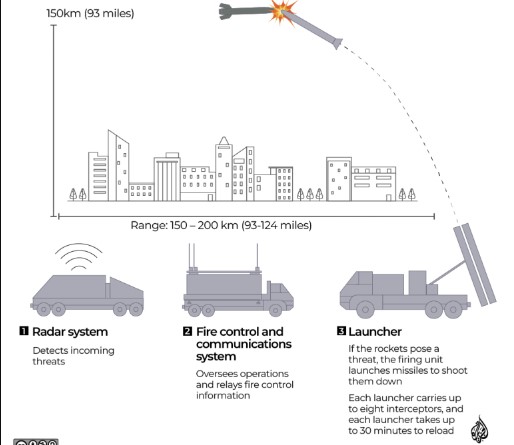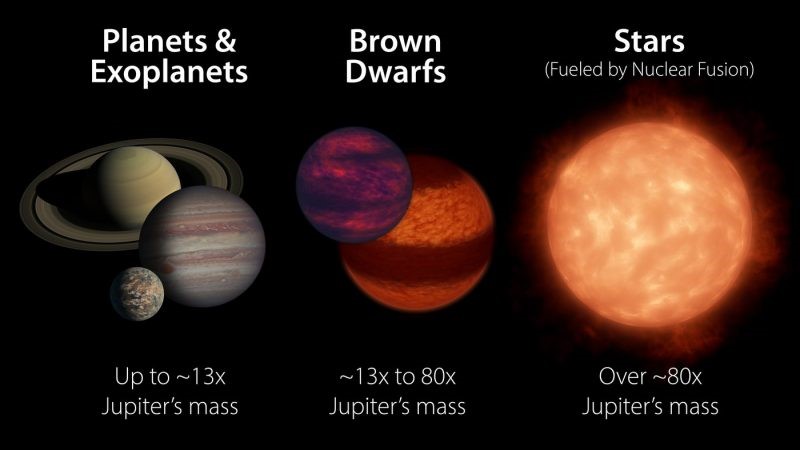Abetment of Suicide
The Supreme Court recently said that police and the courts should avoid unnecessary prosecutions in cases of abetment of suicide stemming from the workplace.
- Abetment is the act of helping or encouraging someone to do something illegal or wrong.
- It can also be defined as the act of assisting, encouraging, or supporting someone with the intent to commit a crime.
- Abetment by instigation - When someone is encouraged, intimidated, or motivated to commit a crime.
- Abetment by conspiracy - When two or more people conspire to commit a crime.
- Abetment by aid - When someone knowingly aids a crime or omits a legal act.
- Legal provision - ‘Abetment’ is defined under Section 107 of the Indian Penal Code, 1860 (IPC), which is the same as Section 45 of the Bharatiya Nyaya Sanhita, 2023 (BNS).
- Punishment - The punishment for abetment of suicide provided under Section 306 IPC (Section 108 BNS) can be up to 10 years imprisonment along with a fine.
National Crime Records Bureau’s annual Crime in India report says that the conviction rate in abetment of suicide cases was 17.5% in 2022, 22.6%, 21.8%, 16.5%, and 15.6% in 2021, 2020, 2019, and 2018 respectively.
- Supreme Court’s interpretation - Supreme Court said ‘incitement’ to die by suicide could be caused by
- Sentimental ties or physical relations between the deceased and the accused or
- The deceased was linked to the accused in an official capacity.
- The accused had created a situation of unbearable harassment or torture, leading the deceased to see suicide as the only escape.
- The accused exploited any emotional vulnerability to make a person feel “worthless or undeserving of life”.
- It may be a case of threats to the deceased of harm to his or family or financial ruin.
- There were false allegations that may have damaged the reputation of the deceased and pushed him to die by suicide due to public humiliation and loss of dignity.
Related cases
M Mohan vs The State (2011)
- The SC set a high bar for proving abetment of suicide under Section 306 IPC, including specific intent.
- It requires an active or direct act which led the deceased to commit suicide seeing no option and this act must have been intended to push the deceased into such a position that he/ she committed suicide.
Karnataka Case
- In July 2023, the Karnataka HC refused to quash proceedings against 3 persons accused of abetting the suicide of an employee from the LGBT community.
- These persons the deceased’s reporting manager, co-worker, and another manager would allegedly harass and make fun of the employee on the basis of sexual orientation, which led to the suicide in June 2023.
Ude Singh vs State of Haryana (2019)
- The Supreme Court also said that proving abetment of suicide would depend on the facts of the individual case.
- There must be a proof of direct or indirect act(s) of incitement to the commission of suicide.
References
- The Indian Express | Abetment of suicide
- The Hindu | Offence of ‘abetment of suicide’
Sveriges Riksbank Prize
The Royal Swedish Academy of Sciences recently awarded the Sveriges Riksbank Prize in Economic Sciences to 3 US-based economists.
- Sveriges Riksbank Prize, 2024 - The award was given to Daron Acemoglu, Simon Johnson, and James A Robinson for studies of how institutions are formed and affect prosperity.
- It helps to understand differences in prosperity between nations.
- The 3 laureates have distinguished between inclusive and extractive institutions.
- An inclusive institutional framework refers to the existence of democracy, law and order, protection of property rights, etc.
- An extractive institutional framework typically refers to a lack of rule of law, of power being concentrated in the hands of a few (autocracy or dictatorship), and the associated risks of expropriation.
Sveriges Riksbank Prize
- It is also known as Nobel Prize in Economics.
- Established by - Sveriges Riksbank (Sweden’s central bank) established the Prize in Economic Sciences in 1968 in Memory of Alfred Nobel.
- The Prize is based on a donation received by the Nobel Foundation from Sveriges Riksbank.
- Awarded by - The Royal Swedish Academy of Sciences.
- Announcement - Announced in October every year.
- Presented at award ceremonies on 10 December, marks the anniversary of Alfred Nobel’s death (Nobel Day).
- Medal - Each laureate shall be presented with a gold medal depicting Alfred Nobel.
- Award money - The current amount is at SEK 11 million ($1.058 million) per full Nobel Prize, shared among the 3 members.
- The first Prize in Economic Sciences was awarded to Ragnar Frisch and Jan Tinbergen in 1969.
A Nobel Prize cannot be awarded posthumously.
References
- The Indian Express | Sveriges Riksbank Prize in Economic Sciences
- Nobel Prize Org | Nobel Prize in Economics
THAAD Antimissile System
A recent press release by the US department of defence said that they are going to send THAAD battery system to Israel.
- THAAD - Terminal High-Altitude Area Defense.
- It is a defense battery system used to intercept and destroy enemy missiles.
- Developed by - Lockheed Martin Corporation.
- Components - It consists of 95 soldiers, 6 truck-mounted launchers, 48 interceptors (eight per launcher), radar surveillance and radar, and a tactical fire component.
- Features - THAAD provides a rapidly deployable capability against
- Short-range (up to 1,000 km),
- Medium-range (1,000–3,000 km), and
- Limited intermediate-range (3,000–5,000 km) ballistic missile threats inside or outside the atmosphere during their final (terminal) phase of flight.
- Technology - It employs “hit-to-kill” technology to destroy threat missiles, can defend a larger area than the older Patriot Air and Missile Defense System.
- Accuration - THAAD is so accurate because the radar system that supplies its targeting information, the Army Navy/Transportable Radar Surveillance radar, or AN/TPY-2.
- Detecting missiles - It can detect missiles in two ways. In its forward-based mode it is configured to acquire and track targets at ranges of up to 3,000 kilometers (1,865 miles), and in its terminal mode it is aimed upward to acquire targets during their descent,
- THAAD interceptors use kinetic energy (energy generated through its mass being in motion) to set off the missile.

References
- The Indian Express | What is THAAD?
- Aljazeera | What is the THAAD antimissile system?
Brown Dwarfs
A new study confirms that brown dwarf twins, Gliese 229Ba and Gliese 229Bb discovered decades ago is actually twins orbiting each other at a much closer range, completing a full orbit every 12 days.
- A brown dwarf is an astronomical object that is intermediate between a planet and a star, typically having a mass less than 0.075 times that of the Sun.
- Fusion capacity - They are larger than giant planets like Jupiter but do not have enough mass to sustain hydrogen fusion reactions in their cores.
- Thus scientists have dubbed brown dwarfs as "failed stars".
The mass required to sustain nuclear fusion is about 1/12th of a solar mass (or about 90 times the mass of Jupiter).

- Rather, the small amount of energy emitted by these objects comes almost exclusively from the heat stored in them during the collapse of the parent gas cloud from which they formed.
- Brown dwarfs therefore gradually cool and fade with cosmological time.
- Brown dwarfs accumulate material like a star, not like a planet.
- Gravity - They condense from a gaseous cloud and are higher in mass than planets and so have stronger gravity.
- Thus, they hold onto their lighter elements (hydrogen and helium) more effectively than planets and have a relatively low metal content.
- Orbit - Brown dwarfs have been found orbiting other suns at distances of 1,000 astronomical units (AU) or more.
One AU = one Earth-sun distance.
- However, not all brown dwarfs orbit far from their stars; some have been found orbiting at closer distances, and a few rogue brown dwarfs have been spotted not orbiting any star.
- Luminosity - Because of their low temperatures and small sizes, brown dwarfs have extremely low luminosities (about 1/100,000th of the solar luminosity).
- Observation – It is extremely difficult to observe even with modern telescopes because the brown dwarfs is more distant than two or three hundred light years.
- Consequently, it was only in 1995 that the first confirmed brown dwarf was observed.
- Due to their extremely low luminosities, brown dwarfs were one of the proposed candidates for baryonic dark matter.
References
- The Indian Express | Brown dwarfs
- Astronomy | Brown Dwarf
Roopkund Lake
Roopkund Lake is shrinking because of climate change.
- It is a high-altitude glacial lake located at the base of Mt Trishul in the Garhwal Himalayas in Uttarakhand.
- It is also known as Skeleton Lake.
- It is a part of Nanda Devi National Park.
- It is famous for the skeletal remains found in and around the lake.
- Roopkund Lake earned its skeleton moniker when in 1942, naturally preserved human skeletons were found in the lake.
- There are hundreds of skeletons preserved in the ice around the region and they become visible when the ice melts.
- Many experts believe that this is not from one catastrophic event.
- Studies done have found that the skeletons are genetically diverse and many are even aged to have a difference of 1,000 years.
- Recent Findings - Instead of snow flurries that the area usually witnesses, it has started getting more rain.
- This is disrupting the natural balance of the region.
- Owing to the rain, loose moraine slides into the lake and causes it to shrink.
- Moraine is soil, rocks and debris that a glacier carries with it and leaves behind.
- The lake is shrinking by 0.1 to 0.5% every year.
Reference
Economic Times | Uttarakhand's 'Lake of Skeletons'

